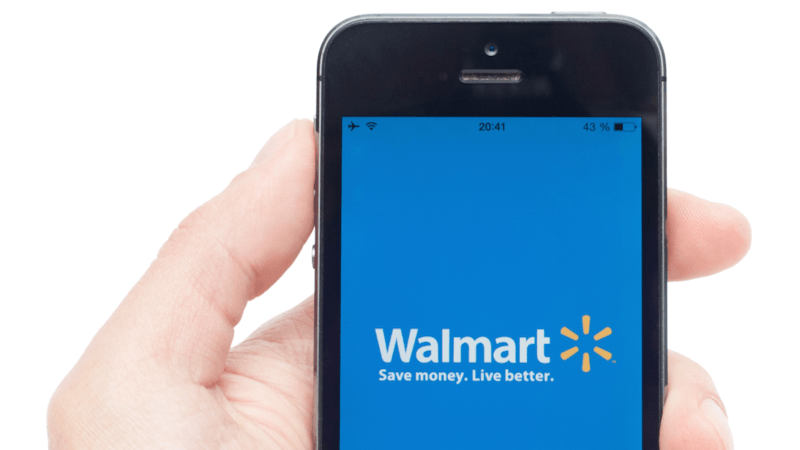[ad_1]
For physical retailers, an omnichannel strategy often includes a mobile app that can be used in-store.
But how good are those apps? Research firm Forrester tested them out, and, out of nine major retailers, found that four were tops.
The new study, “The Forrester Retail Wave: US Mobile apps, Q1 2019” (available only to Forrester clients), complements the firm’s 2017 report that evaluated retail mobile websites.
Melding physical and digital. Apps have become not only essential to retailers’ omnichannel strategies, the report points out, but they now occupy a position that is more unique than desktop or mobile websites.
It notes that “retail mobile apps must now meld the physical and digital worlds for customers — not simply bridge them,” and it must offer a top-notch user experience because it is used by the brand’s customers.
A poor user experience can keep these already engaged customers from making purchases, the report says, and “drives them into competitors’ hands.”
Four retailers scored in the top Leader category: Home Depot, Sephora, Walmart and Target. Four others — Macy’s, Nordstrom, REI and Kohl’s — occupied the middle rank of Strong Performers, and Crate and Barrel’s app ended up in the next-to-bottom Contenders.
“Sets the bar.” Home Depot’s app not only makes the grade, Forrester says, but it “sets the bar for retailers” with the best functionality of the nine apps reviewed. Acting like a virtual customer service agent, it helps users navigate the store with visual maps and inventory availability.
Sephora’s is cited for search results that are easy to browse and navigate, and a feature where customers can post photos to help other customers, such as in makeup selection. Walmart’s offers detailed in-store maps and bundles complementary products, but its user experience is diminished by confusing headers and irrelevant marketing material.
Target’s augmented reality lets users place furniture in their own living spaces and utilizes Apple’s Siri voice agent for assembling shopping lists, but also supports basic functionality with such features as predictive text and an omnipresent search bar.
Why you should care. Mobile apps are becoming as necessary as a good website for retailers with large physical outlets, but the guidebook for how they should operate within the in-store experience is still being written.
While the retailers in Forrester’s “Leader” category point the way for mobile devices to act as highly intelligent and always available store assistants, Forrester notes some broad areas where all retailers’s apps need to improve. These include making product search as easy as possible, letting customers scan and then buy the same product, and reducing the number of steps in any task to a bare minimum.
On that latter score, for instance, no retailer app yet mimics Amazon’s one-click buying. The best: two clicks.
And there are still many on-board capabilities that retailers can tap in future iterations, such as live chats with other customers, filtering searches by product ratings or simplifying cross-selling offers.
This story first appeared on MarTech Today. For more on marketing technology, click here.
https://martechtoday.com/in-store-apps-are-now-rated-like-products-forrester-report-finds-231669
The post In-store apps are now rated like products, Forrester report finds appeared first on Marketing Land.
[ad_2]
Source link


Recent Comments